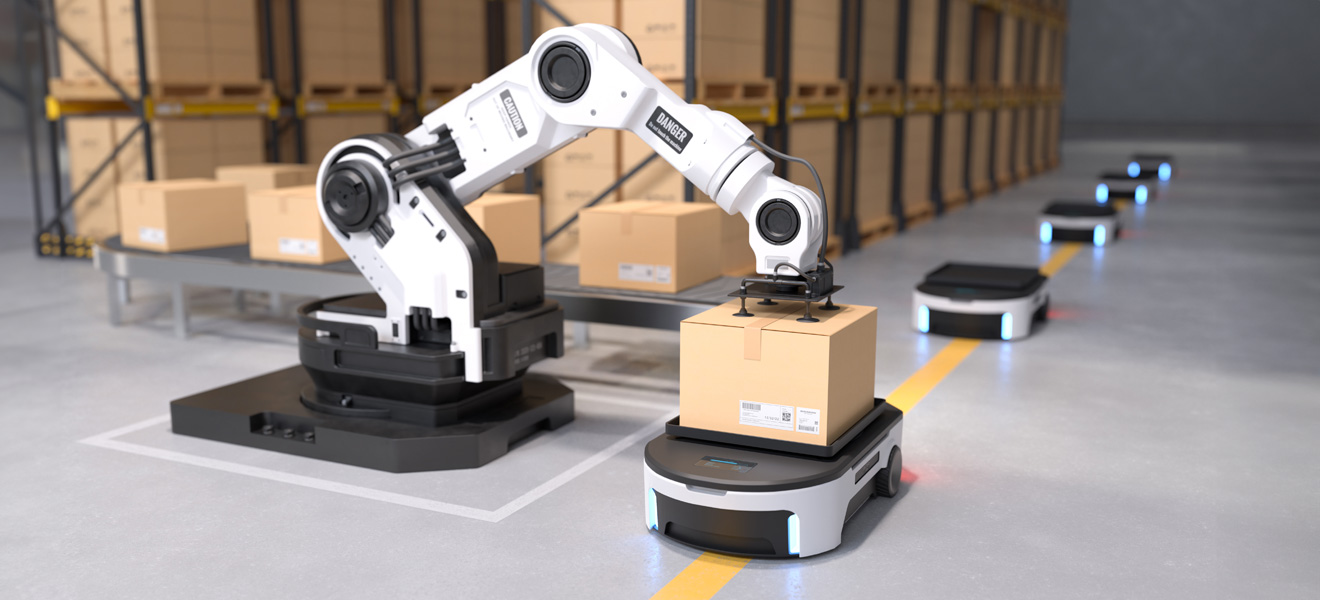The modern landscape of manufacturing and logistics is experiencing a dynamic shift thanks to advancements in automation technologies. Two of these technologies, Automated Guided Vehicles (AGVs) and Autonomous Mobile Robots (AMRs) have become the linchpins of this transformation. They are crucial in automating various warehousing, manufacturing, and logistics tasks. Despite their similarities, understanding their differences is key to choosing the right automation solution for your specific needs.

AGVs are robotic vehicles programmed to follow a fixed route within a facility. They typically rely on markers or wires on the floor or use vision, magnets, or lasers to follow a preset path. These paths are generally predetermined and only change if reprogrammed or reconfigured. This makes AGVs excellent for repetitive tasks and straightforward applications where the environment remains relatively constant, such as transporting goods along a production line.
The strength of AGVs lies in their ability to perform tasks with high precision and efficiency, providing a reliable and cost-effective solution for moving materials in a controlled environment. They minimize errors, reduce labor costs, and improve safety by reducing accidents associated with manual handling.
While AGVs have been around for decades, Autonomous Mobile Robots are a newer development in the automation field. AMRs are characterized by their higher degree of autonomy, ability to navigate and make decisions independently based on their environment. Equipped with advanced sensors, cameras, and artificial intelligence, AMRs can perceive their surroundings, map their environment, and dynamically reroute if they encounter an obstacle.
AMRs are especially useful in complex, changing environments where routes must be adjusted frequently. This makes them highly adaptable and flexible, suitable for high reactivity and versatility applications. AMRs can also learn from their experiences, optimizing their performance through machine learning algorithms.
Choosing between an AGV and an AMR comes down to analyzing your specific needs, assessing the nature of your operating environment, and understanding the tasks you need to automate. An AMR might be ideal if the work requires high flexibility and adaptability, such as in a dynamic warehouse setting. Conversely, for structured and repetitive tasks in a controlled environment, an AGV would be more suitable.
In reality, the choice is not always binary, and a combination of AGVs and AMRs can be deployed to maximize the efficiency and effectiveness of your operations. They are not competing technologies but complementary solutions designed to cater to different scenarios in the era of Industry 4.0.
AGVs and AMRs significantly automate logistics and manufacturing processes, increasing productivity, reducing costs, and improving safety opportunities. Understanding their unique strengths and potential applications is crucial for businesses looking to harness the full potential of automation technologies in their operations.
Indeed, to delve further into these technologies, let’s understand how SINTRONES, a leading company in the field, enhances AGV and AMR applications with its industrial computer solutions.